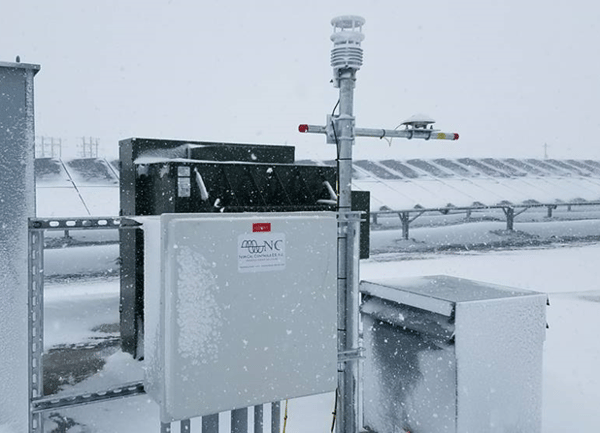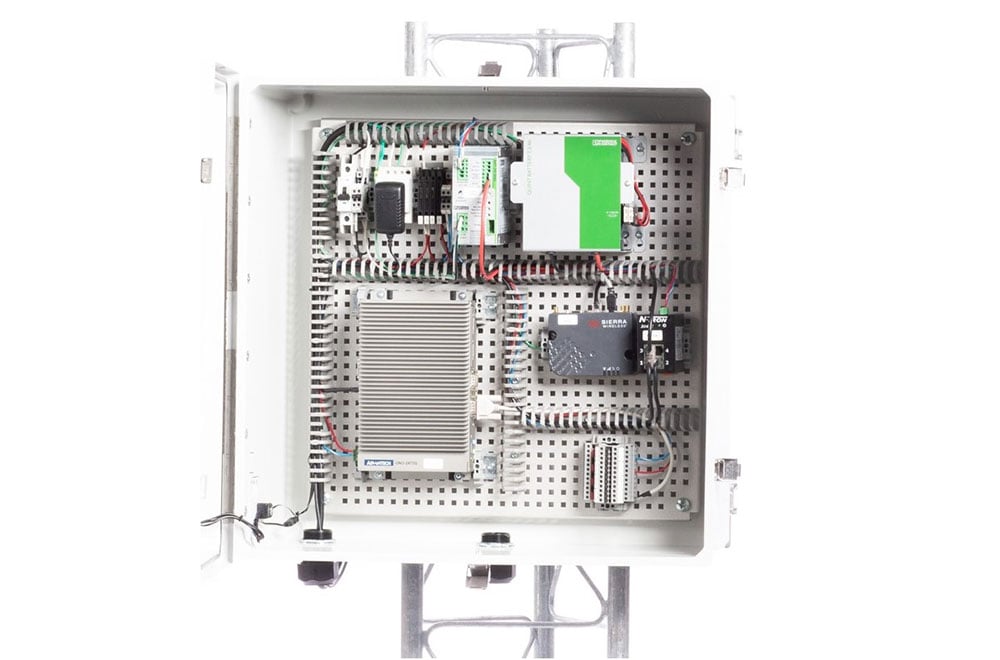How to Troubleshoot Common DAS System Related Issues at Solar PV Sites
In our last article we covered SCADA troubleshooting; now it’s time to move on to DAS troubleshooting. DAS is a much simpler system with limited equipment, making troubleshooting fairly straightforward. Though much of it can be done remotely, troubleshooting a DAS system often requires an onsite tech to physically check connections and equipment.
Though the specific troubleshooting process will vary by system and scenario, there are widely agreed upon principles and techniques for troubleshooting that can be distilled into the following steps:
- Understand the system
- Understand the problem and history
- Eliminate the obvious
- Develop possible causes and theories
- Eliminate causes, start with what is easy, or likely
- Validate and document the solution
Let’s dive into DAS troubleshooting in more detail.
What are the steps to troubleshoot a DAS system? What are some of the tools required to diagnose DAS problems?
Solar PV sites are based on network protocols and connections, so most DAS troubleshooting involves finding the reason for a loss of connectivity with one or more devices.
1. Check the Internet connection
A DAS system can’t work without a reliable Internet connection. You can remotely troubleshoot your Internet connection at the solar PV site through the modems provided by your DAS vendor. By looking into the modem settings and properties, you can diagnose many Internet connectivity issues.
Not all Internet problems can be handled remotely, and require onsite techs to diagnose and fix them. Sometimes the problem is with the fiber communications or physical cabling. A faulty WAN connection is a common culprit.
2. Attempt to reach out to devices remotely
Logging into the data logger or PC for your system is a good first step in trying to assess which devices you can or can’t communicate with. Once in, you can utilize special software provided by your DAS vendor to perform plant side communications, including ping tests and Modbus comms to general field equipment.
If your ping test returns a successful ping, you can confirm the device is still on network but not communicating with DAS. If your attempts to test for data via the Modbus result in either exception errors or failed protocol connection then you know the end device is not communicating with DAS even though it’s still on the network.
If attempts to communicate remotely via the Modbus aren’t successful, it’s time to troubleshoot the equipment out in the field, either through the fiber link or through the RS485 link via the Modbus link.
3. Dispatch field techs
If you determine that you can’t reach out to the devices remotely, it’s time to dispatch boots-on-the-ground techs to see what’s going on. The problem may be a missing connection or improper wiring. You may need to reset the equipment or power cycling equipment.
The better trained and more familiar your field techs are with your system setup, equipment and wiring, the better off you will be. You or your DAS support vendor can better walk them through what they should be looking for, as they act as your true eyes, ears and hands on the scene.
What are some typical issues experienced on DAS projects that require troubleshooting?
The typical DAS system consists of networking equipment, an Internet connection, and MET station (weather monitoring) equipment. Most DAS troubleshooting, then, has to do with one of these three main components.
Inverter off network or no longer communicating on the network
The process for troubleshooting a connection problem with an inverter depends on whether it's a central inverter or string inverter. Communicating with a central inverter is usually a straightforward process, either with a technician in the field or remotely through the Internet connection. You also need to troubleshoot the fiber communications.
String inverters are trickier to troubleshoot. Your DAS provider will need to provide equipment that allows you to communicate via the 485 communications, the Modbus there. Usually this process involves troubleshooting in the field, either through the fiber link or through the RS485 link via the Modbus link.
Inverters, MET stations, combiners, soiling stations, etc all typically communicate via Modbus (either TCP/ or Serial -RS232/RS485). A good Modbus troubleshooting software like ModScan by WinTech is a must have. This can be used for Modbus/TCP issues and all serial connection issues for RS232, RS422 and RS485 (with the proper USB to serial converter) and is indispensable for Modbus troubleshooting.
MET station communications

Troubleshooting MET station problems is a hybrid process. It involves coordinating sensors and sensor troubleshooting and communications to those as well, which are usually hard wired to the DAS via some sort of 485 converter, a Modbus converter or something similar.
Nor-Cal Offers Responsive DAS Troubleshooting Support
Nor-Cal’s team of engineers, technical advisors and control technicians can troubleshoot for multiple DAS systems. That experience, along with a depth of resources to tap into, creates quick turnarounds. In most cases, if someone calls in from the field, we can help them resolve the issue within hours...or if not, within a couple of days. (Exceptions would be faulty equipment or an issue that involves Special Risk Management Authority - SDRMA.)
Schedule a call with us today to learn more about our DAS systems and DAS support/troubleshooting services.


